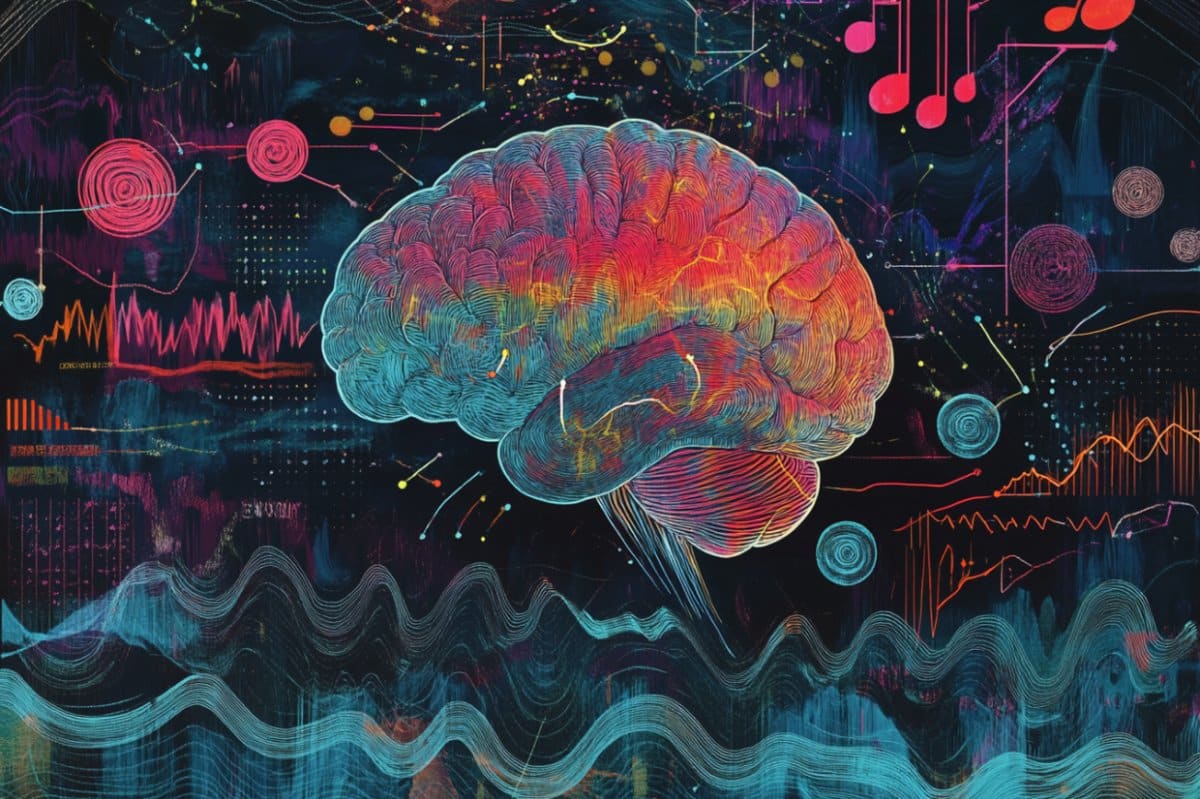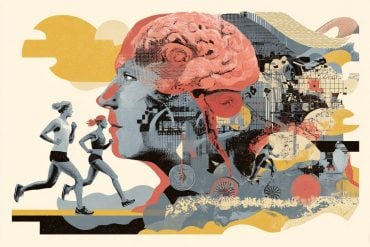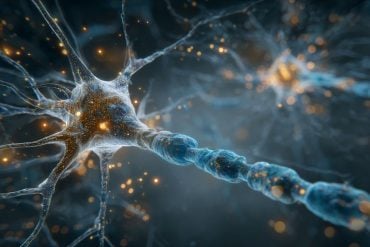Summary: When you listen to a steady rhythm, your brain doesn’t just process it—it reconfigures itself in real time. A new study introduces FREQ-NESS, an advanced neuroimaging method that reveals how different frequencies of brainwaves form dynamic networks across the brain.
Rather than fixed stations like alpha or beta waves, FREQ-NESS shows that frequencies shift and spread, adapting to sounds and internal states. This approach offers a powerful new way to map the brain with high precision, with potential applications in music cognition, attention, and mental health diagnostics.
Key Facts:
- Dynamic Brainwaves: The brain reorganizes itself in real time in response to rhythmic sounds.
- FREQ-NESS Innovation: A new method maps brain networks by separating overlapping frequencies.
- Future Applications: This technique could transform research in perception, consciousness, and diagnostics.
Source: Aarhus University
What happens inside your brain when you hear a steady rhythm or musical tone?
According to a new study from Aarhus University and the University of Oxford, your brain doesn’t just hear it—it reorganizes itself in real time.
Every beep, tone and new sound you hear travels from the ear to registering in your brain. But what actually happens in your brain when you listen to a continuous stream of sounds?

A new study from Aarhus University and University of Oxford published in Advanced Science reveals that the brain doesn’t simply register sound: it dynamically reshapes its organization in real time, orchestrating a complex interplay of brainwaves in multiple networks.
The research, led by Dr. Mattia Rosso and Associate Professor Leonardo Bonetti at the Center for Music in the Brain, Aarhus University, in collaboration with the University of Oxford, introduces a novel neuroimaging method called FREQ-NESS – Frequency-resolved Network Estimation via Source Separation.
Using advanced algorithms, this method disentangles overlapping brain networks based on their dominant frequency. Once a network is identified by its unique frequency, the method can then trace how it propagates in space across the brain.
“We’re used to thinking of brainwaves like fixed stations—alpha, beta, gamma—and of brain anatomy as a set of distinct regions”, says Dr. Rosso.
“But what we see with FREQ-NESS is much richer. It is long known that brain activity is organized through activity in different frequencies, tuned both internally and to the environment. Starting from this fundamental principle, we’ve designed a method that finds how each frequency is expressed across the brain.”
Opens the door to precise brain mapping
The development of FREQ-NESS represents a major advance in how scientists can investigate the brain’s large-scale dynamics.
Unlike traditional methods that rely on predefined frequency bands or regions of interest, the data-driven approach maps the whole brain’s internal organization with high spectral and spatial precision. And that opens new possibilities for basic neuroscience, brain-computer interfaces, and clinical diagnostics.
This study adds to a growing body of research exploring how the brain’s rhythmic structure shapes everything from music cognition to general perception and attention, and altered states of consciousness.
“The brain doesn’t just react: it reconfigures. And now we can see it”, says Professor Leonardo Bonetti, co-author and neuroscientist at Center for Music in the Brain, Aarhus University, and at the Centre for Eudaimonia and Human Flourishing, University of Oxford.
“This could change how we study brain responses to music and beyond, including consciousness, mind-wandering, and broader interactions with the external world.”
A large-scale research program is now underway to build on this methodology, supported by an international network of neuroscientists.
Due to the high reliability across experimental conditions and across datasets – FREQ-NESS might also pave the way for individualized brain mapping, explains Professor Leonardo Bonetti.
About this neuroscience research news
Author: Vibe Noordeloos
Source: Aarhus University
Contact: Vibe Noordeloos – Aarhus University
Image: The image is credited to Neuroscience News
Original Research: Open access.
“FREQ-NESS Reveals the Dynamic Reconfiguration of Frequency-Resolved Brain Networks During Auditory Stimulation” by Mattia Rosso et al. Advanced Science
Abstract
FREQ-NESS Reveals the Dynamic Reconfiguration of Frequency-Resolved Brain Networks During Auditory Stimulation
The brain is a dynamic system whose network organization is often studied by focusing on specific frequency bands or anatomical regions, leading to fragmented insights, or by employing complex and elaborate methods that hinder straightforward interpretations.
To address this issue, a new analytical pipeline named FREQuency-resolved Network Estimation via Source Separation (FREQ-NESS) is introduced.
This pipeline is designed to estimate the activation and spatial configuration of simultaneous brain networks across frequencies by analyzing the frequency-resolved multivariate covariance between whole-brain voxel time series.
In this study, FREQ-NESS is applied to source-reconstructed magnetoencephalography (MEG) data during resting state and isochronous auditory stimulation.
Our results reveal simultaneous, frequency-specific brain networks during resting state, such as the default mode, alpha-band, and motor-beta networks.
During auditory stimulation, FREQ-NESS detects: 1) emergence of networks attuned to the stimulation frequency, 2) spatial reorganization of existing networks, such as alpha-band networks shifting from occipital to sensorimotor areas, 3) stability of networks unaffected by auditory stimuli.
Furthermore, auditory stimulation significantly enhances cross-frequency coupling, with the phase of auditory networks attuned to the stimulation modulating gamma band amplitude in medial temporal lobe networks.
In conclusion, FREQ-NESS effectively maps the brain’s spatiotemporal dynamics, providing a comprehensive view of brain function by revealing a landscape of simultaneous, frequency-resolved networks and their interaction.







